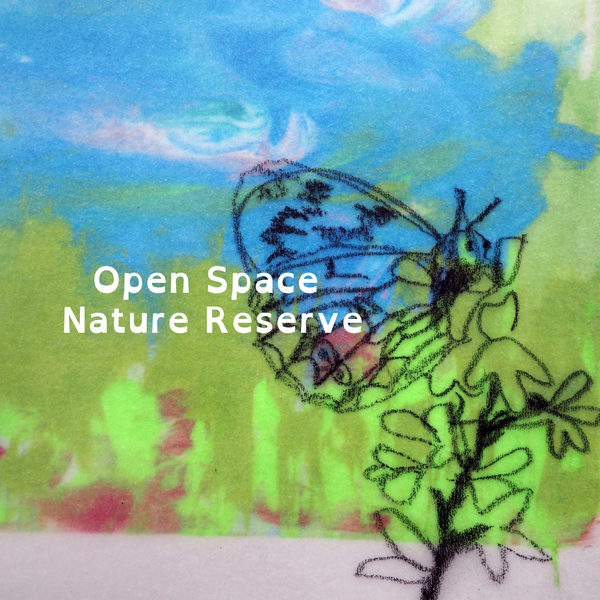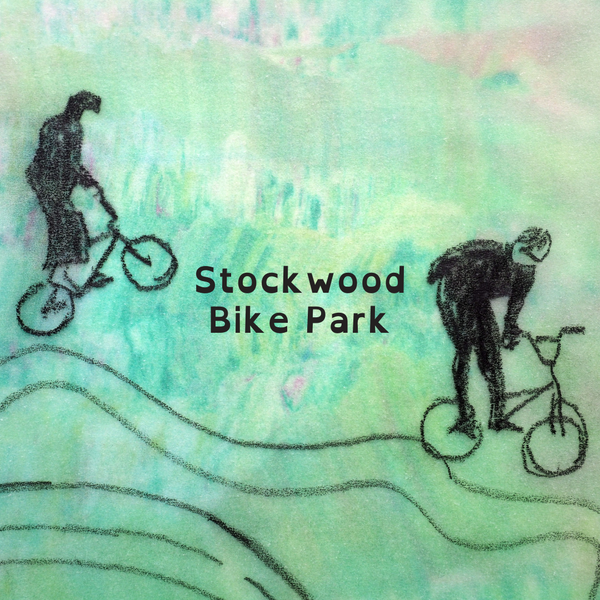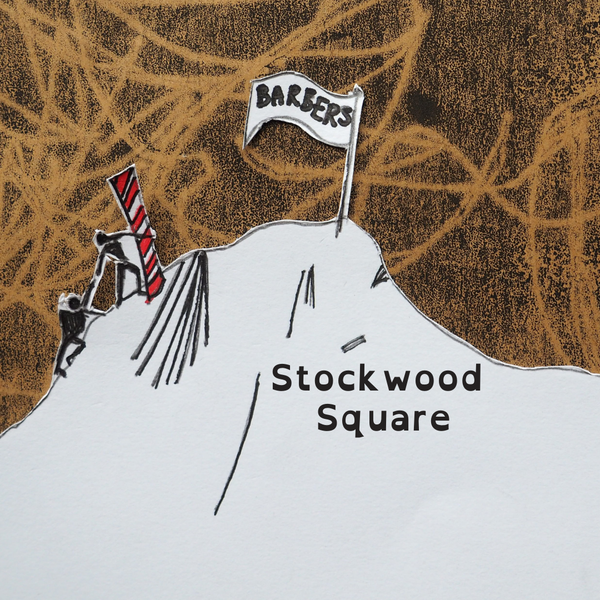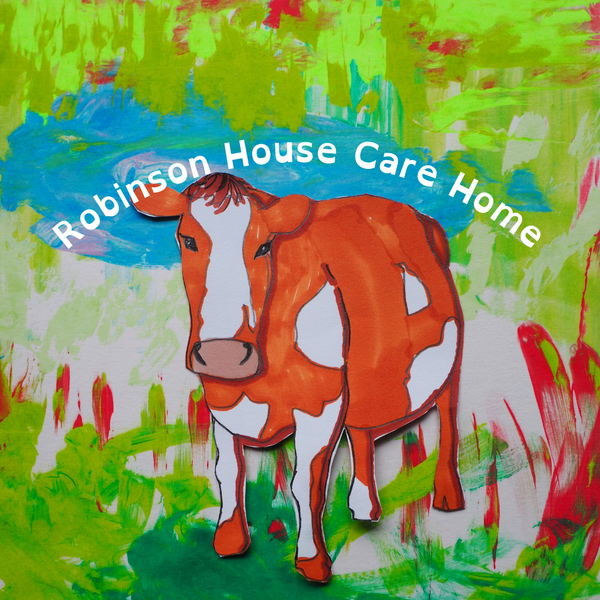Extraordinary Streets: Stockwood
room 8 ECHOES
Location: Bristol, City Of Bristol, England, United Kingdom
This sound walk will take you on a range of short strolls around Stockwood. As you walk, listen in to the stories and memories of Stockwood people, mixed with sounds of Stockwood people at work and play.
There are three routes to enjoy on this sound walk. Each of the routes starts at Stockwood Square (Hollway Road, BS14 8PG), but then takes you on a different route, in order that each route is a comfortable distance. This walk has not been designed to be completed in one day, although it is achievable for a confident and fairly fit walker.
To download free maps of all the routes, go to www.bravebolddrama.co.uk/events and choose "Extraordinary Streets: Stockwood."
Created by Brave Bold Drama. Sound design by Gill Simmons. Original artwork by Amy Hutchings. Funded by Bristol City Council and the West of England Combined Authority’s Love our High Streets project.
The Echoes

Open Space Nature Reserve
Hear Alex from Avon Wildlife Trust enthusiastically introduce you to the local wildlife at this show…

Stockwood Bike Park
Listen to young people speaking about why Stockwood Bike Park is such a great ride. Sounds and spee…

Waycroft Academy
Listen to the sounds of children playing in the playground at Waycroft Academy, mixed with the local…

Stockwood Square
Hear an introduction to the whole sound walk, and listen in to a conversation with a local barber. …

BS14 Club for Young People
Hear young people playing rounders, basketball and shooting pool at BS14 Club for Young People. Rec…

Bristol Telephones Rugby Club
Listen to several members of the Bristol Telephones Rugby Club talk about what the club means to the…

Growing Together Community Garden
Hear from green-fingered Stockwood residents talking about the Growing Together community garden pro…

Robinson House Care Home
Hear memories of cows, spaceships and art school in the sixties from some of Stockwood's more senior…
Discover more geolocated content in our apps.
Or start creating tours, treasure hunts, POI maps... Just let your imagination guide you.